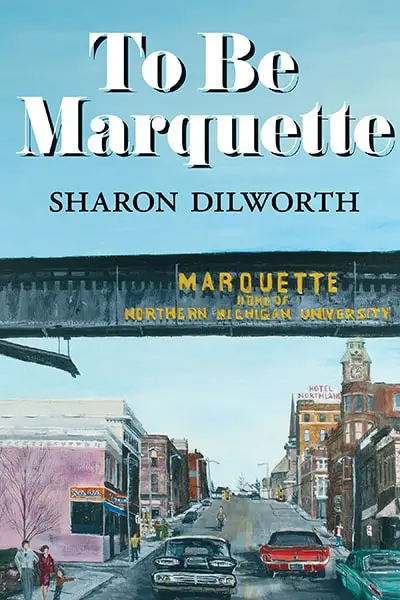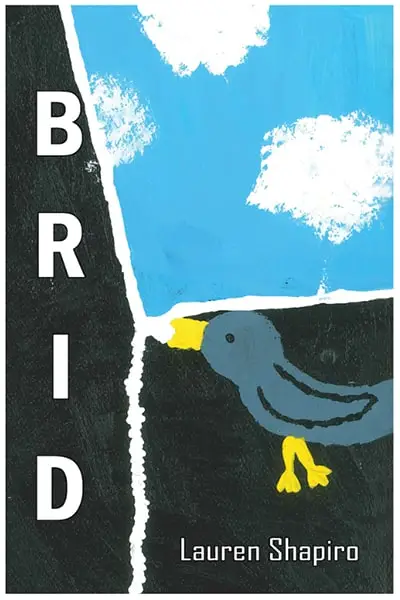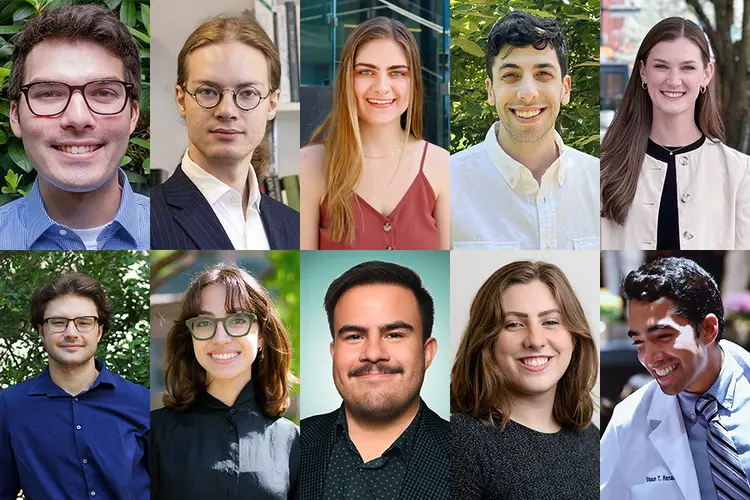New Works from Three English Department Faculty
Media Inquiries
In an exciting literary moment for Carnegie Mellon University’s Department of English(opens in new window), three faculty members have released new books that showcase their voices and talents. Each writer brings a unique perspective to their work, from gripping fiction to poignant poetry, enriching the academic community and inviting readers to explore the depths of human experience through their compelling narratives. These authors are not just educators but also vital contributors to the evolving landscape of contemporary literature. The Creative Writing Program(opens in new window) from which these writers hail celebrated its 50th anniversary in 2018 and has graduated over the years highly successful writers, literary editors and other cultural producers.
Sharon Dilworth: To Be Marquette
Published in April, “To Be Marquette(opens in new window)” is a novel written by Sharon Dilworth(opens in new window), an associate professor of English. The story follows Molly, a first-year student at Northern Michigan University in Marquette, who “exposes hidden secrets as she fights for environmental justice.” In addition to “To Be Marquette,” Dilworth has written two other novels, “Year of the Ginkgo” and “My Riviera.” She has also published three collections of short stories: “The Long White,” "Women Drinking Benedictine” and “Two Sides, Three Rivers.”
“In any narrative, place and time matter,” Dilworth said. “We are, however unwittingly, shaped by our environment and our moment in history as much as by our internal narratives or actions: They provide the specific details that bring a story to life, inform our characters’ motivations and provide — though it is an overused word — context. In ‘Marquette,’ the late 1970s were characterized by a Cold War that was beginning to end, an environmental movement that was beginning to take shape and a process of deindustrialization that would have long-lasting consequences on its characters and their personal trajectories. Regardless of what my students are working on, time and place shape storylines and literally build character.”
At CMU, Dilworth teaches classes such as Editing and Publishing and Introduction to Screenwriting.
“I talk a lot about rewriting in class,” Dilworth said. “Regardless of our initial genius, good stories almost never end up the way we first imagine them. We have to become immersed in our writing and paradoxically give our characters the freedom to fully develop themselves. Creative writing is a process that reveals itself slowly over time, and students need to become comfortable with that uncharted narrative transformation, rather than looking for a correct response or the right answer. These aren’t geometric proofs or lab reports, but stories that try to convey the way in which lives are led: messy, unsure, irresolute and ultimately real.”
Jane McCafferty: The Sea Lion Who Saved the Boy Who Jumped From the Golden Gate
“The Sea Lion Who Saved the Boy Who Jumped From the Golden Gate(opens in new window)” is the first collection of poetry from Jane McCafferty(opens in new window), a professor of English. The title poem is based on a true story “and its suggestion that there is magic in the world, even at the darkest moments.” McCafferty has also written four other books, “Director of the World and other stories,” “One Heart,” “Thank You For the Music” and “First You Try Everything.”
“The title poem came to me after listening to an interview on NPR with a young man who'd survived a suicide attempt — diving off the Golden Gate,” McCafferty said. “A sea lion saved his life. Now he goes around talking to people about suicide prevention. The story amazed me — I tried to tell it in a poem from the point of view of the sea lion. The other poems are things I've written over the past several years, and most seem to be trying to honor connections to other human beings — or giving language to states of mind that are difficult or mysterious.”
McCafferty teaches courses including Exploring Creative Writing in Community and Introduction to Writing Creative Nonfiction.
“I've taught poetry at CMU and loved it,” McCafferty said. “I love it because the students can really succeed if you give them enough guidelines and expose them to great poetry that is written for a wide audience — poetry they can understand and be moved by. I love when they surprise themselves — not only with what they've written, but what they’ve connected with as readers who imagined they didn't really like poetry. Students need outlets for creative expression — maybe especially those who study computers or robotics or any of the sciences where they use their left brain. They discover they're talented, and I love how this can break down the division between artist and scientist.”
Lauren Shapiro: Brid
Lauren Shapiro(opens in new window) is an associate professor of English, the director of the Creative Writing Program and the author of “Easy Math,“ “Yo-Yo Logic” and, most recently, “Brid(opens in new window).” Shapiro’s newest work contains prose poem passages and lyric poems to explore “motherhood, the dissolution of a marriage and grief through the lens of a shrinking pandemic space.”
“I think ideas for books of poetry don't so much come to me as morph out of a time in my life,” Shapiro said. “The pieces of the book become a reflection of my emotional landscape, how I come to question and work through events in my life. Poems are, for me, a way to better understand my world and my place in it. Sometimes, when I go through a rough patch, I look at the poetry I was writing and think, ‘Wow, the poems knew this before I did.’ It's a way to tap into the subconscious.”
Students can learn from Shapiro through courses like Introduction to Writing Poetry and Introduction to Translation.
“One of the joys of both of these fields (poetry and translation) is that they are so tied to their moment,” Shapiro said. “Translation reanimates a text, giving it a life in a new time and place. And poetry is all about translating experience into art through language. A book of poetry extends the life of a poem, showing how individual pieces interact and build a larger, more cohesive experience. My book is very much concerned with our understanding of time, with how seemingly disparate moments become intertwined and reflect a larger reality. It's all connected.”





